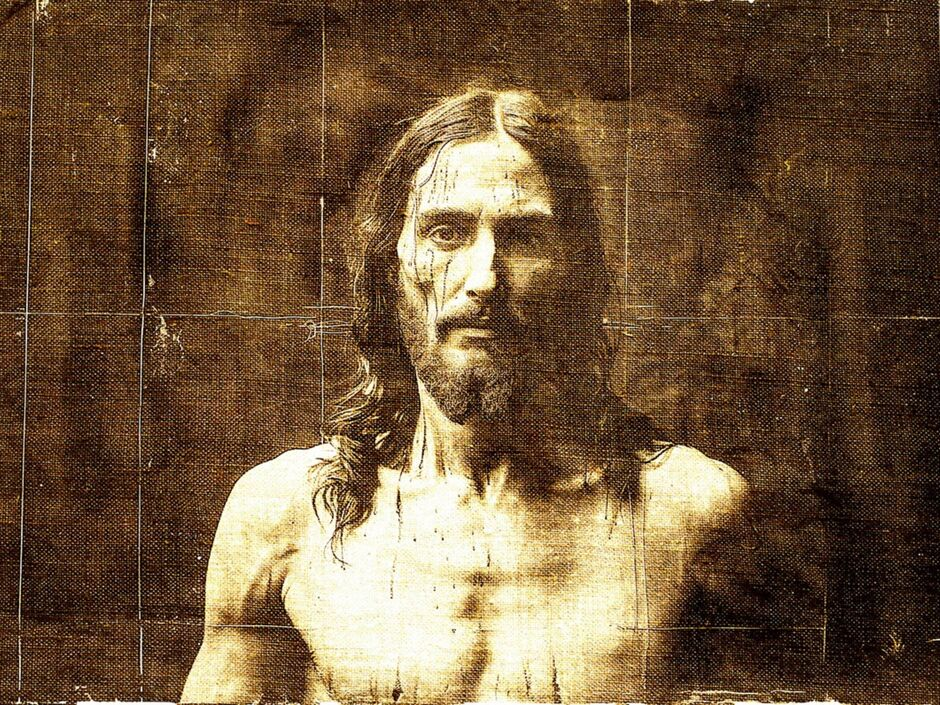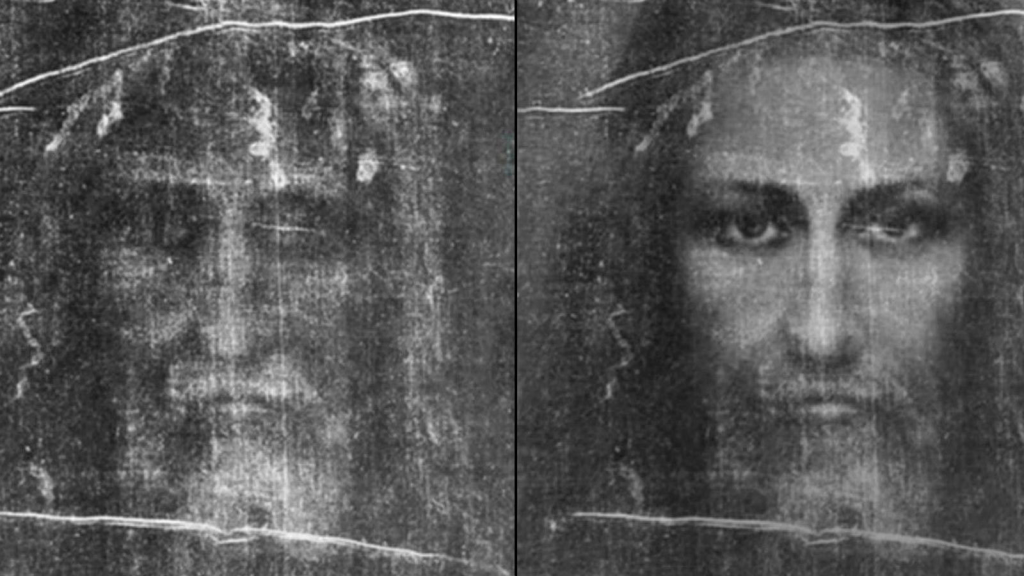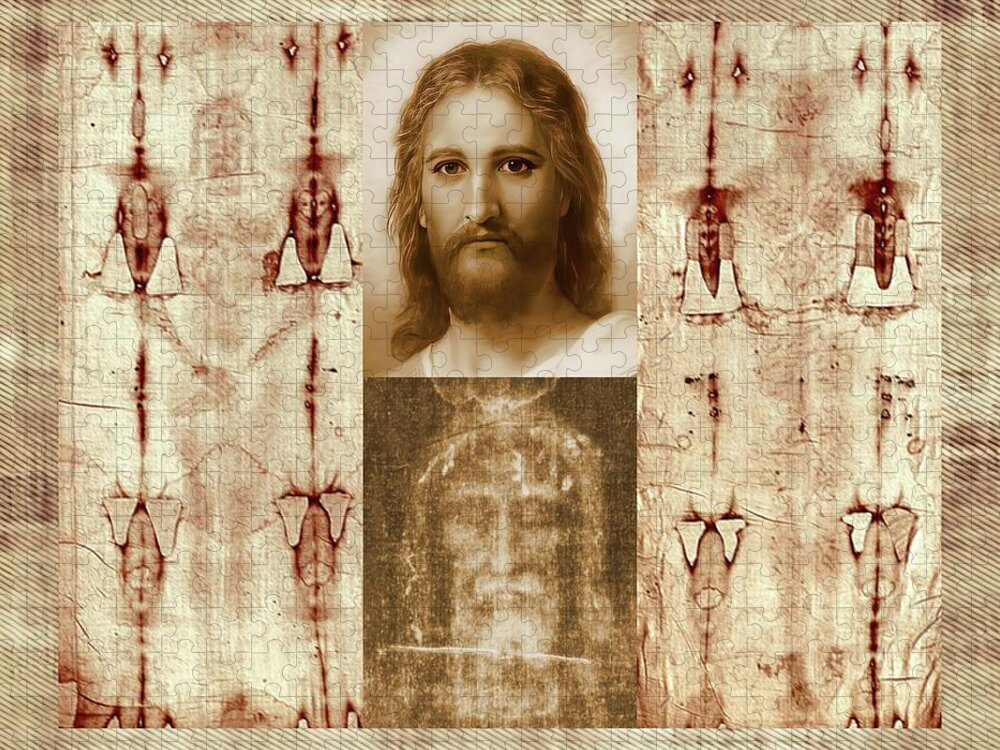
In the annals of history, few figures have left as profound an impact as Jesus Christ. His teachings, miracles, crucifixion, and resurrection are not just the foundation of faith for billions but also a subject of intrigue and exploration.
Among the many historical accounts surrounding Him, one stands out for its detail and depth—a letter from Pontius Pilate to Emperor Tiberius Caesar, recounting extraordinary events in Jerusalem during Jesus’s final days on Earth.
The Beginning of Pilate’s Account
Pilate begins his letter by describing the extraordinary circumstances he encountered in Judea. From the start of his governance, he faced opposition and tension.
Pilate recounts an incident soon after his arrival in Jerusalem: he hosted a banquet for the city’s leaders, including the high priest and other officials, but they refused to attend. The high priest later claimed religious constraints prevented him from dining with Romans, but Pilate sensed deeper opposition against his authority.
It was against this backdrop of tension that Pilate first heard of Jesus, a preacher from Nazareth drawing large crowds with his teachings. Initially wary of Jesus, Pilate soon realized He was no threat to Roman rule. Instead, Jesus appeared to be a man of peace, more aligned with the Romans than the Jewish leaders who viewed Him with suspicion and hostility.

Pilate’s observations of Jesus went beyond political concerns. He describes Jesus as a striking figure whose presence exuded calm and serenity. Despite facing relentless opposition from the Pharisees and scribes, Jesus remained composed.
Pilate recounts being captivated by the wisdom of Jesus’s teachings, likening them to the greatest philosophers of history. He even sent his secretary to listen to Jesus’s speeches, which impressed him so much that he decided not to interfere with His ministry.
When Pilate eventually spoke with Jesus directly, he was struck by His calmness and clarity. Pilate offered protection to the Nazarene, but Jesus declined, saying that His true refuge was in the heavens. Pilate admired Jesus’s courage and conviction, even as pressure from Jewish leaders to condemn Him intensified.
Pilate’s account of Jesus’s trial and crucifixion reflects his inner conflict. He acknowledges the immense pressure placed upon him by the Jewish authorities, who sought to eliminate Jesus, seeing Him as a threat to their power. Pilate himself found no fault in Jesus and was hesitant to sentence Him to death. However, the political climate and the growing unrest left him with little choice but to acquiesce.
Pilate’s reluctance is evident in his words. He emphasizes that Jesus was never an agitator, and His teachings did not incite rebellion against Rome. Instead, Jesus spoke of a kingdom not of this world—a message of love, peace, and compassion that transcended politics.
Despite Pilate’s attempts to defuse the situation, the crucifixion proceeded. Pilate notes the unusual events surrounding Jesus’s death, including the darkness that covered the land and the earthquake that shook Jerusalem. These phenomena left even the most skeptical witnesses unsettled, hinting at the extraordinary nature of what had just occurred.
